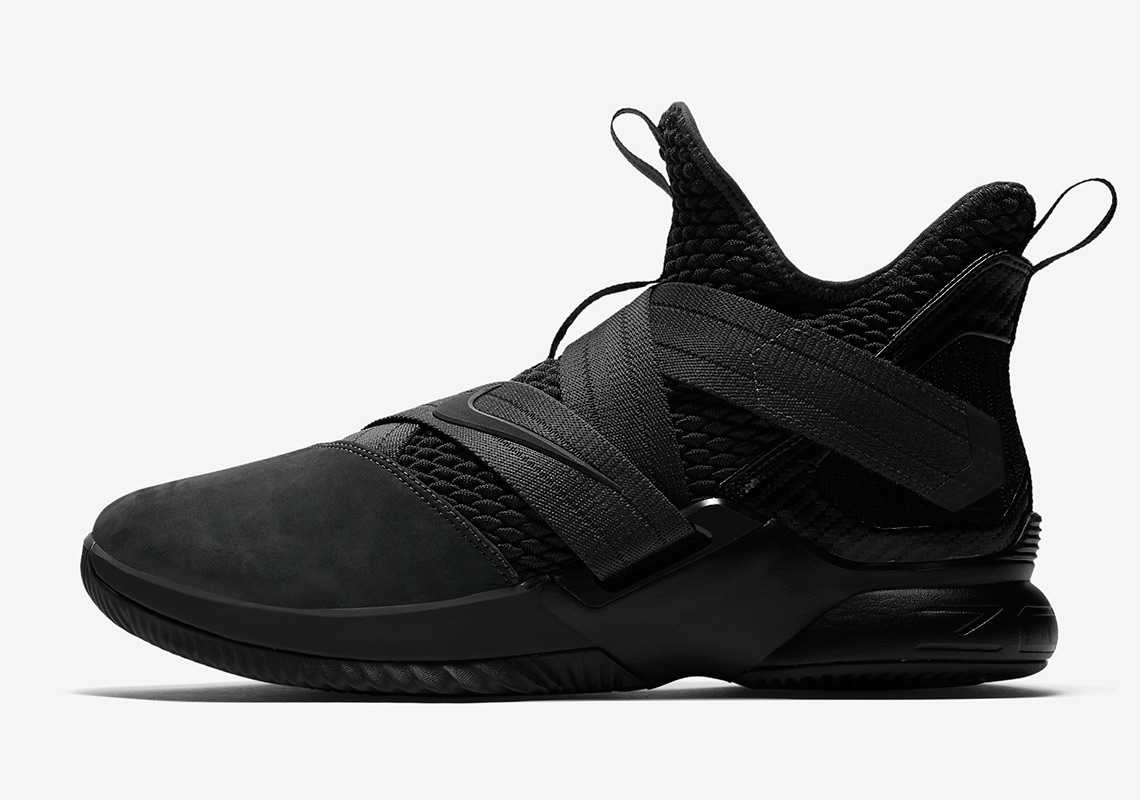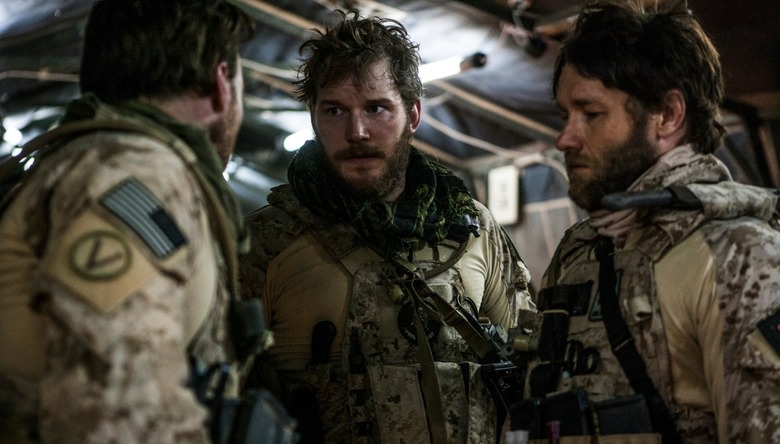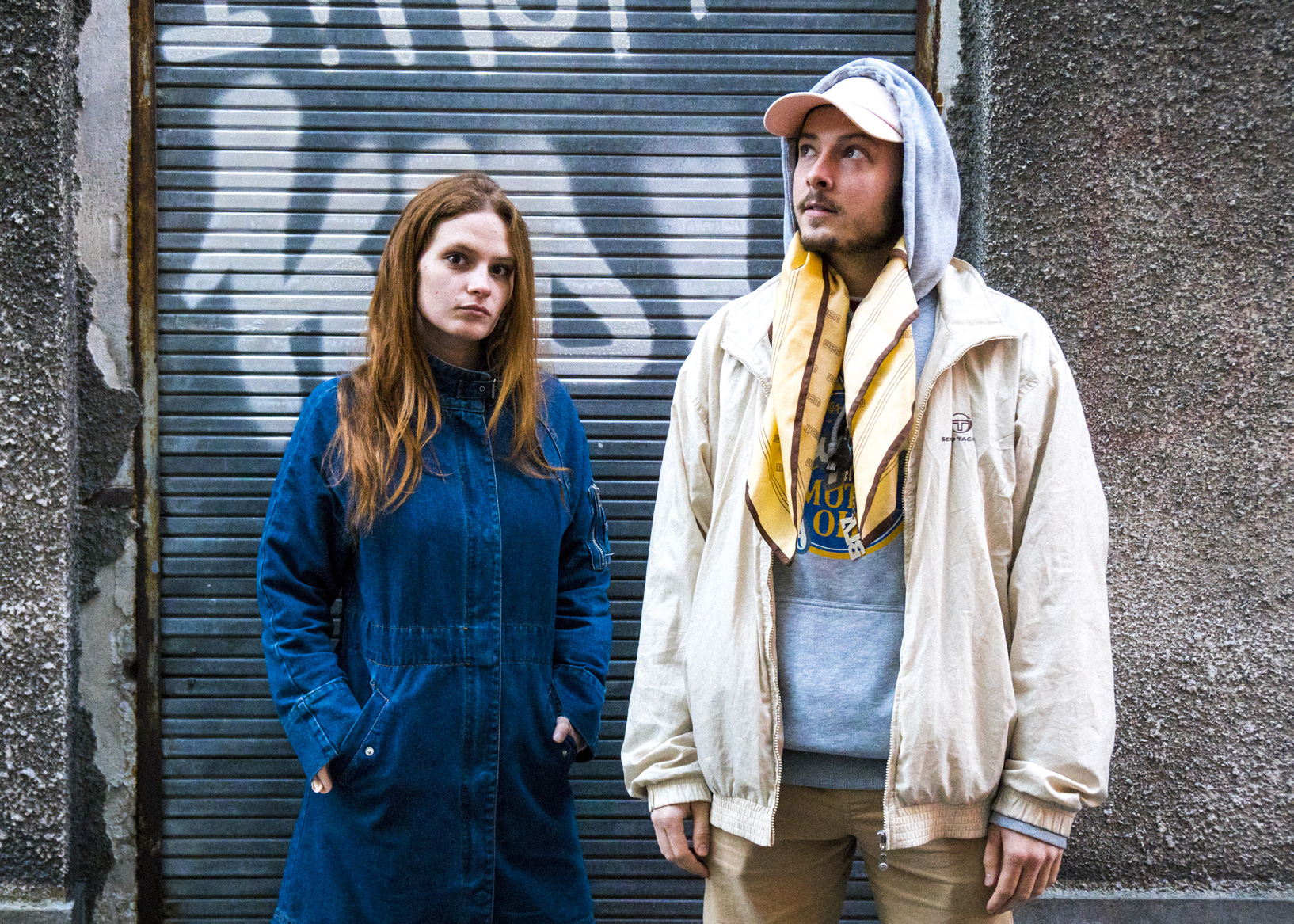

The intensity and dedication Chastain brings to her obsessed CIA agent is the perfect match for her direction, whose nail-bitingly intense style may give some in the audience a stress disorder. With this role, Chastain proves herself to be the Meryl Streep of her generation, an actress who can seem like a different person each time she’s on screen. To breathe life into this one-woman crusade, Bigelow gets the finest performance yet out of Jessica Chastain, an actress who has very quickly made a career out of fine performances. When Osama is eventually hunted down and killed, which we all know happens, Maya is less celebratory than relieved and somewhat emptied by the experience.

Like Osama, Maya is a ghost-obsessed with finishing her business. Like Gyllenhaal’s Robert Graysmith, Maya has no friends or life outside of Osama Bin Laden. In the film, Jake Gyllenhaal plays a cartoonist who is part of the team on the hunt for the Zodiac killer, a mission that will take over his life.
#Why zero dark thirty meaning movie#
Although this theme will draw comparisons to The Godfather, the film Bigelow’s epic most reminded me of was the criminally underrated 2007 film Zodiac, the movie David Fincher made before The Social Network. This is hardly the first film to highlight the parallels between those labeled “good” and “bad” and show that sometimes each of those sides wear each other’s masks. We initially see Maya as conflicted and hesitant to witness the brutality casually enacted in front of her, but as the movie progresses, we see Maya slowly becoming like the men she’s after - a stone cold killer who will do anything to complete the mission. She will become the lead agent in his capture.

The scene introduces us to Maya (Jessica Chastain), a young CIA officer recruited straight out of high school who is part of the film’s mission to nab Osama Bin Laden. However, the film is less about torture itself than how normative the culture of torture has become for the CIA and the people that the experience changes. In giving us the definitive masterwork of the year, Bigelow opens with a bang, showing us the waterboarding and torture of detainees, in a way so matter-of-fact that many have mistaken the film for an endorsement of torture. For fans of the gritty, intense Homeland, this is the perfect companion piece, albeit slightly less pulpy and featuring far fewer pregnant women wielding wrenches. More than any film that’s gotten the moniker, Zero Dark Thirty is a film about the Way We Live Now, a revenge epic less about torture than America’s struggle to maintain its sense of itself as the major power in a shifting global landscape. However, with her follow-up to her Oscar-winning classic, Bigelow has delivered what will be remembered as her masterpiece, a decade-spanning look into the black heart of the CIA and the dark subconscious of the American psyche. Zero Dark Thirty was so big it had to fail.

After The Hurt Locker’s dethroning of Avatar for Best Picture in 2010, the stakes were high for Kathryn Bigelow to deliver with Zero Dark Thirty, a film that is as ambitious in scope and grand as The Hurt Locker was small and claustrophobic.


 0 kommentar(er)
0 kommentar(er)
